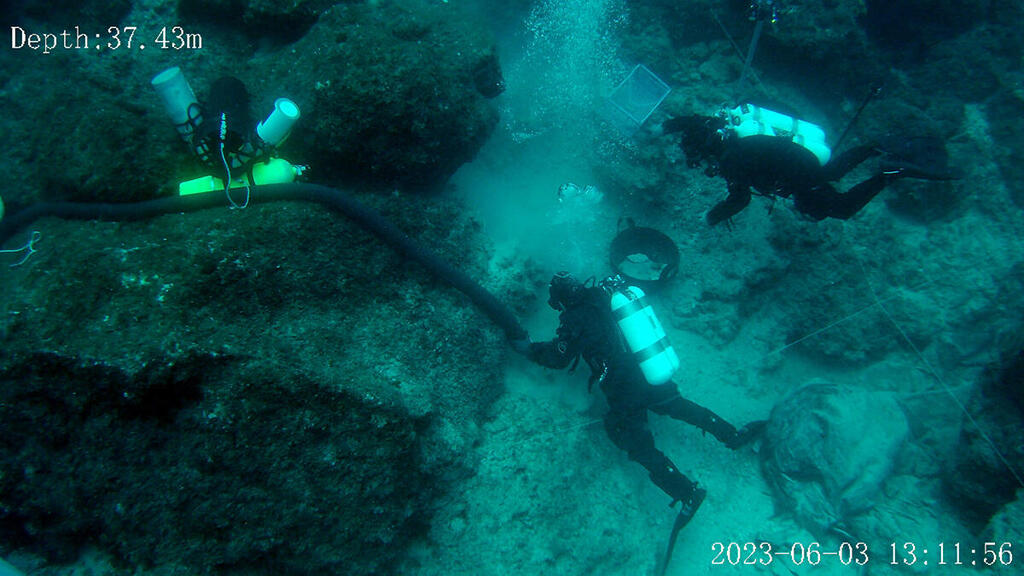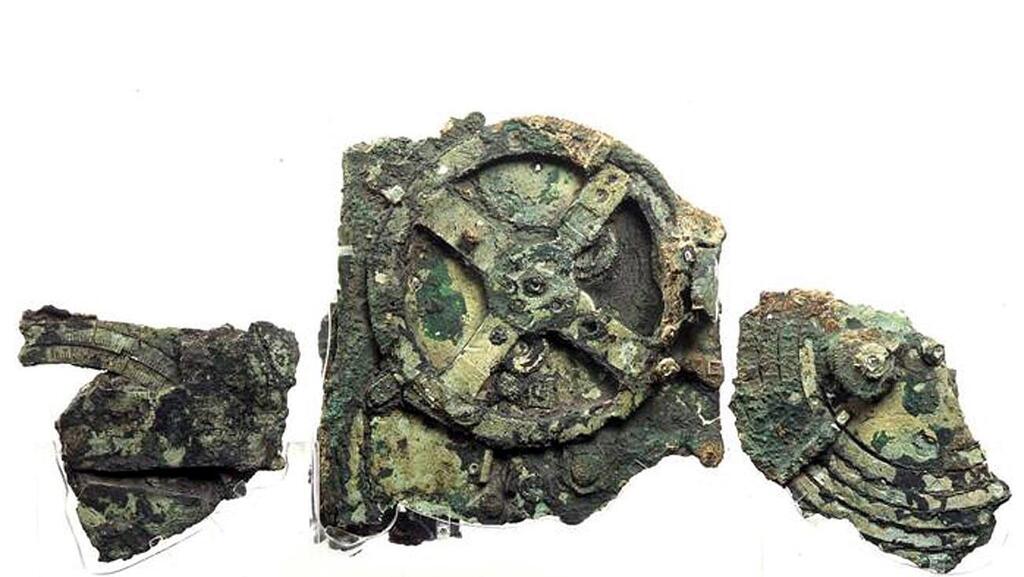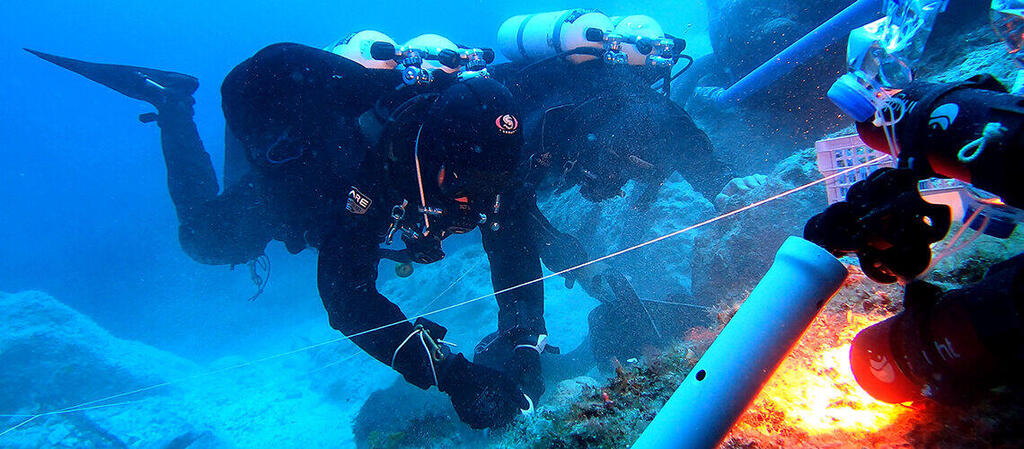An international group of marine archeologists, divers, engineers and researchers, experts in natural sciences and physics, recently set out to examine the remains of the Antikythera, an ancient cargo discovered by a diver in 1900, at a depth of 42 meters (138 feet), with the purpose of expanding knowledge about the vessel by 2025.
More stories:
Antikythera, dated to the first half of the 1st century B.C.E, during the late Hellenistic and early Roman periods was the most well-stocked shipwreck ever found in the area of the Greek islands and contained a wealth of bronze and marble statues, daily clay utensils, high-end glass wear, gold and silver.
The wreckage was featured in Indiana Jones and the Dial of Destiny, but besides the renewed fame brought on by the latest film in the successful franchise, the team made headway in acquiring particular knowledge about the structure of the site where the ship went down, its Stratigraphy, the remnants of the vessel itself and its valuable cargo.
In addition, other areas, that were not previously surveilled, were documented so a complete and accurate picture of the fate of the legendary vessel in the northern Aegean, between Crete and the Peloponnese Region, could be obtained.
The team was led by Dr.Aggeliki Simossi, a marine archeologist and Director of the Ephorate of Antiquities of Piraeus and Islands. And Prof. Lorenz E. BAUMER, an archeologist from the University of Geneva, and is part of a 5-year research program at the university which began in 2021 and is destined to end in 2025.
The general purpose of the project is to better understand the circumstances leading to the sinking of the Antikythera, through a meticulous study of its remains and location, its possible rout and the cargo it contained, and with each dive to the wreckage expected to yield more pieces of the puzzle, and ultimately reveal a comprehensive picture of the tragic event.
The progress was documented with the use of remotely controlled drones and digital recording by the divers. The Data was processed daily, using a 3D modeling software that enables imaging and analysis of the site in extraordinary accuracy. The archeological finds were also documented and incorporated into the geographic information system (GIS) that store, manage, analyze, edit, output, and visualize geographic data.
The Database of this ambitious project includes everything that had been discovered about the Antikythera since the first explorations in 1900, 1901. This holistic approach would allow an in-depth analysis of the site, taking into account all past information gathered.
Now researchers have been concentrating on the eastern ege of the wreckage site where last year, parts of monumental status were found after rocks were displaced. The team also found remains of the bones, of one of the victims on board.
They also found artifacts consistent with the wreckage of the Antikythera such as broken parts of marble statues, pottery, glass, alloy, lead and elements from the wooden vessels structure. Among the marble artifact, a beard from a statue of Hercules was found in 2022.
The findings confirm the cultural and artistic importance of the Antikythera. They were also important in regards to the stratigraphy because some of the artifacts may indicate another, smaller vessel suffered a similar fate in the later Proto-Byzantine period. This would shed new light on the maritime history of the area and highlights the importance of continued archeological study there.




